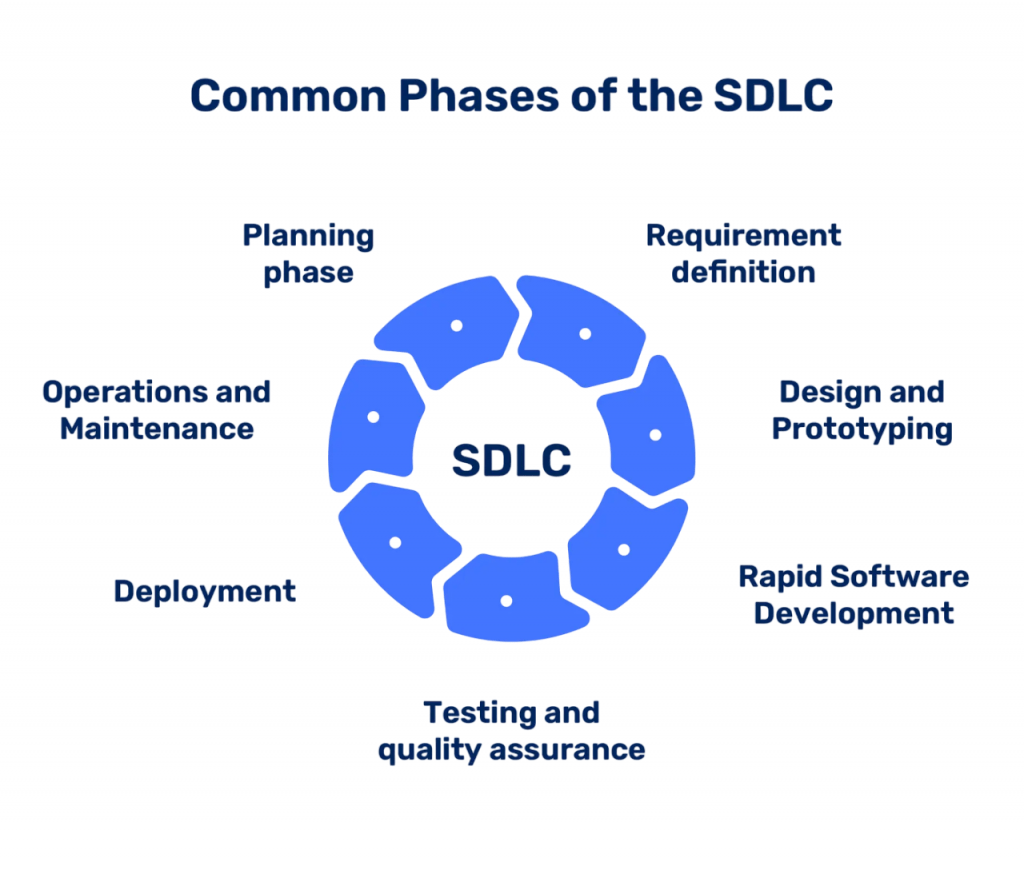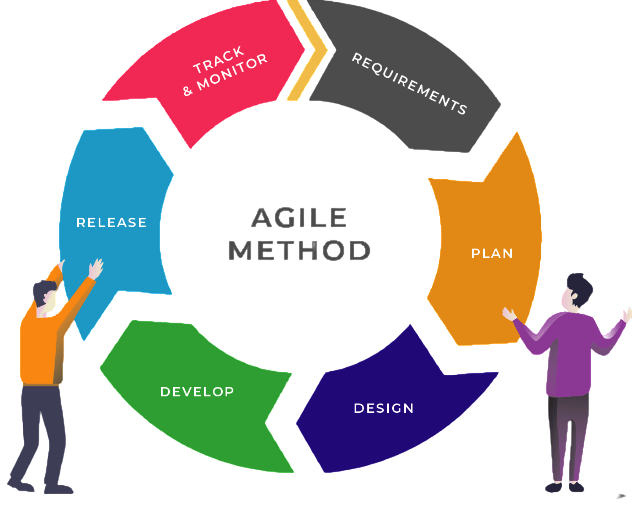
- Introduction
- Role in IT Projects
- Technical vs Functional Skills
- SDLC Knowledge
- Working with Developers
- Requirements Gathering in IT
- Agile and Scrum in IT
- Tools (JIRA, Confluence, etc.)
- Documentation Practices
- IT Systems Analysis
- Challenges Faced
- Career Progression
- Conclusion
Introduction to Business Analytics
In the dynamic and technology-driven world of IT, Business Analysts (BAs) play a vital role in bridging the gap between business needs and technical solutions. The business analyst role in IT company settings ensures that IT initiatives deliver measurable value by thoroughly understanding both business processes and technology capabilities. They act as liaisons who translate business requirements into clear, actionable insights that software developers, testers, and project managers can understand and implement effectively. Without skilled BAs, IT projects risk misaligned goals, misunderstood requirements, scope creep, and ultimately, failed outcomes. Business Analysts ensure that IT initiatives deliver measurable value by thoroughly understanding both business processes and technology capabilities. This article explores the role of BAs in IT projects, the skills they must master, their interaction with technical teams, and their career growth pathways.
Are You Interested in Learning More About Web Developer Certification? Sign Up For Our Business Analyst Online Training Today!
Role in IT Projects
In IT projects, the IT business analyst roles and responsibilities include eliciting, analyzing, documenting, and validating requirements from stakeholders across business units and technical teams. This involves working closely with product owners, users, and developers to ensure the final system meets the intended business objectives. BAs identify business problems or opportunities, evaluate potential solutions, and help define the scope of projects. During project execution, they serve as a constant point of communication, clarifying requirements, facilitating discussions, and managing change requests. They also participate in testing activities, ensuring developed features meet specifications and support user acceptance. By maintaining a comprehensive understanding of both business and technical domains, BAs significantly reduce the risk of miscommunication and rework, increasing project success rates.
Technical vs Functional Skills
- A business analyst in IT company must balance both functional and technical skills. Functional skills relate to understanding business processes, domain knowledge, and stakeholder needs. Functional expertise enables the BA to comprehend the business context, identify pain points, and recommend process improvements.
- On the technical side, BAs need familiarity with software development processes, data structures, system architecture basics, and testing methodologies. While they are not expected to code, understanding technical jargon and concepts is crucial for effective communication with developers and QA teams.
- Having both skill sets allows BAs to act as translators between business users and IT, ensuring that requirements are both feasible and aligned with strategic goals.
- The Software Development Life Cycle (SDLC) is the framework guiding IT projects from inception through delivery and maintenance. The business analyst role in IT company must adapt their approach to fit the lifecycle model. Business analysts in it need a solid understanding of SDLC phases: requirement gathering, analysis, design, development, testing, deployment, and support.
- Knowing how requirements evolve through SDLC stages helps BAs manage stakeholder expectations, and align deliverables, and time activities appropriately. Whether the project follows Waterfall, Agile, or hybrid methodologies, BAs must adapt their approach to fit the lifecycle model.
- Agile methodology has become the dominant approach in IT projects, emphasizing iterative delivery, collaboration, and flexibility. The business analyst role in IT company plays an integral part in this process. Business Analysts in Agile teams often take on the Product Owner or Scrum Master role or collaborate closely with these roles.
- BAs in Agile focus on writing clear user stories, defining acceptance criteria, and participating in daily stand-ups, sprint planning, and retrospectives. They act as advocates for users, ensuring that features deliver real value and adapt to changing business needs.
- Modern IT business analyst roles and responsibilities rely heavily on collaboration and project management tools. JIRA is widely used for issue tracking, managing user stories, tasks, bugs, and sprint planning.
- Confluence complements JIRA by providing a space for documentation, knowledge sharing, meeting notes, and requirements repositories. Tools like Microsoft Visio or Lucidchart help with process mapping and diagramming.
- IT business analyst roles and responsibilities include managing conflicting stakeholder priorities, unclear or changing requirements, technical constraints, and tight deadlines.
- They often deal with communication gaps between business and technical teams, requiring strong facilitation and negotiation skills.
- Additionally, adapting to different project methodologies, tools, and organizational cultures demands flexibility.
- Certifications such as CBAP, PMI-PBA, or Agile certifications enhance credibility and open doors to higher-level positions in the business analyst role in IT company career path.
- Many BAs transition into project management, product management, or enterprise architecture roles, leveraging their broad understanding of business and technology.
- Certifications such as CBAP (Certified Business Analysis Professional), PMI-PBA, or Agile certifications enhance credibility and open doors to higher-level positions.
Are You Preparing for Business Analyst Jobs? Check Out ACTE’s Business Analyst Interview Questions & Answers to Boost Your Preparation!
SDLC Knowledge

For example, in Waterfall, requirements are gathered up front and frozen, whereas in Agile, requirements are iterative and flexible. Understanding SDLC knowledge also helps BAs identify risks and potential bottlenecks early.
Working with Developers
One of the critical collaborations in IT projects is between business analysts in it and developers. BAs communicate the “what” and “why” of features, while developers focus on the “how.” Effective BAs ensure user stories, functional specs, and acceptance criteria are clear, detailed, and testable. They address developers’ questions about requirements and participate in sprint planning and review meetings in Agile settings. By maintaining ongoing dialogue, BAs can clarify ambiguities, negotiate compromises, and keep development aligned with business goals. This partnership improves the quality and relevance of software, reduces rework, and speeds up delivery.
Are You Considering Pursuing a Master’s Degree in Business Analyst? Enroll For Business Analyst Masters Program Training course Today!
Requirements Gathering in IT
Requirements gathering is a process. A business analyst in IT company also prioritizes requirements to guide development teams on what to deliver first. and expectations through interviews, workshops, surveys, document analysis, and observation. BAs use various elicitation techniques to capture both explicit and implicit requirements, including functional, non-functional, regulatory, and performance needs. Capturing stakeholder input thoroughly and accurately reduces assumptions and misunderstandings. Once gathered, requirements are analyzed for completeness, consistency, and feasibility. BAs also prioritize requirements to guide development teams on what to deliver first.
Agile and Scrum in IT

Understanding Agile principles, Scrum ceremonies, and artifact management is essential for BAs to function effectively within these frameworks.
Are You Interested in Learning More About Business Analyst? Sign Up For Our Business Analyst Online Training Today!
Tools (JIRA, Confluence, etc.)
BAs must be proficient in these tools to document requirements clearly, track changes, facilitate communication, and generate reports that support decision-making.
Documentation Practices
Clear, comprehensive documentation is critical in IT projects to ensure everyone has a common understanding. Business analysts in it produce a variety of documents, including business requirements documents (BRD), functional specifications, user stories, use case documents, and test cases. Good documentation practices involve writing unambiguous, concise, and well-structured documents. Using templates, version control, and stakeholder reviews enhances accuracy and traceability. Well-maintained documentation serves as a reference throughout the project lifecycle, supports compliance audits, and aids knowledge transfer for maintenance and future enhancements.
IT Systems Analysis
IT Systems analysis is the process of studying IT systems to understand how they work and how they can be improved or integrated. It is also a fundamental part of the IT business analyst roles and responsibilities. BAs analyze workflows, data flows, user interactions, and technical constraints to recommend enhancements. They may create data flow diagrams (DFD), entity-relationship diagrams (ERD), or sequence diagrams to visualize system components and interactions. Effective IT systems analysis helps identify redundancies, inefficiencies, and integration gaps, enabling better design decisions and smoother implementations.
Challenges Faced
Handling ambiguous business problems and ensuring timely delivery of quality requirements remain constant pressures for BAs.
Career Progression
Continuous learning of emerging technologies, methodologies, and domain knowledge is key to sustained success.
Conclusion
Business Analysts are indispensable in the IT project ecosystem. A skilled business analyst in IT company ensures that business needs translate into viable technical solutions. Ensuring business needs translate into viable technical solutions. By mastering both functional and technical skills, understanding SDLC, collaborating with developers, and using the right tools and techniques, BAs drive project success and deliver real value.




